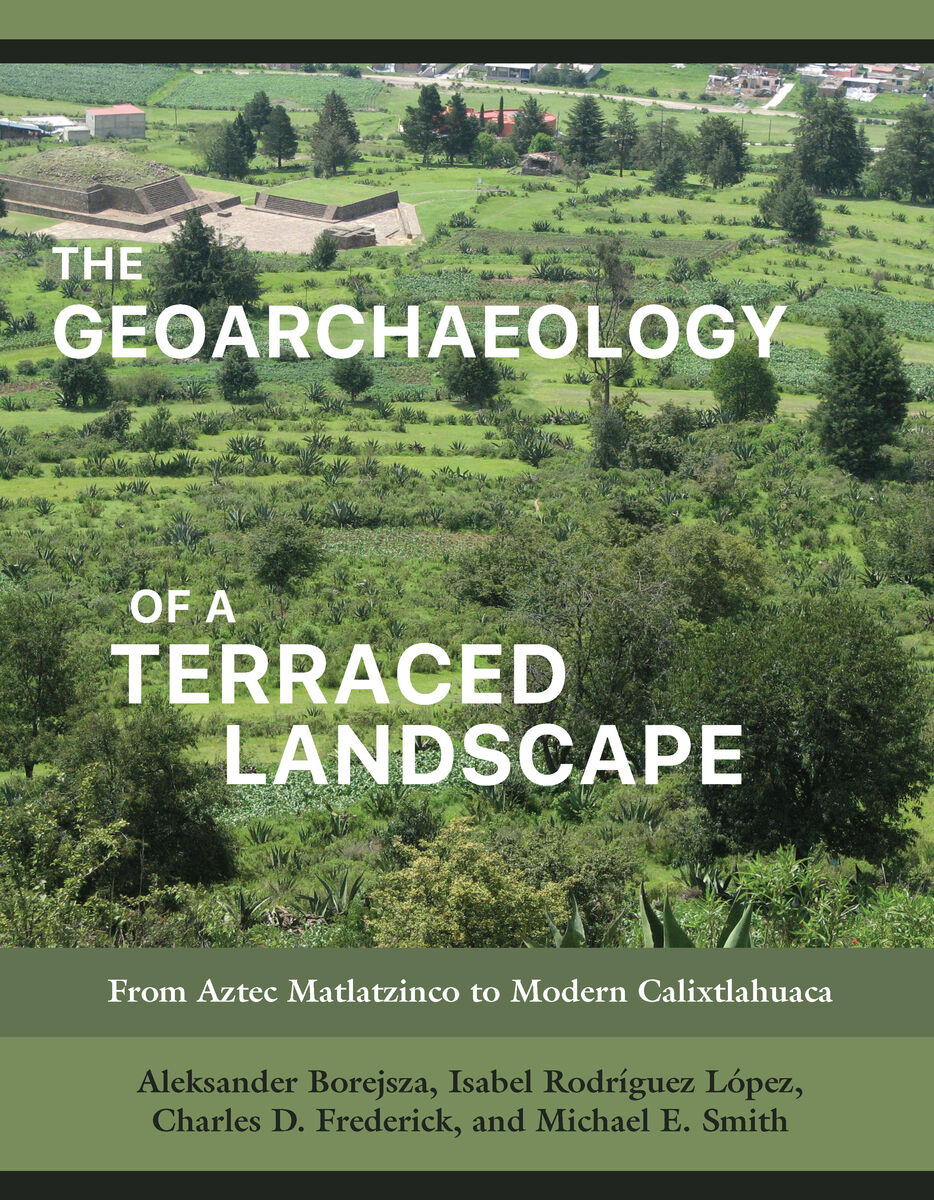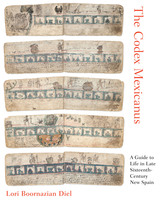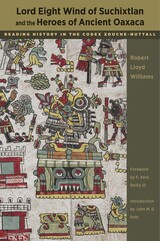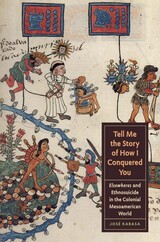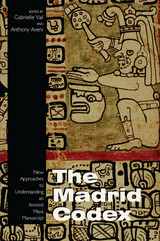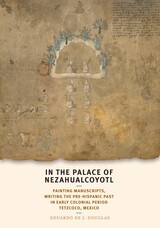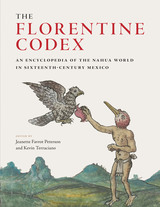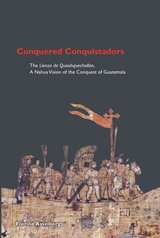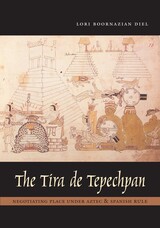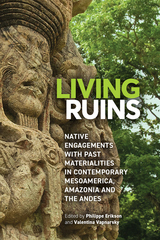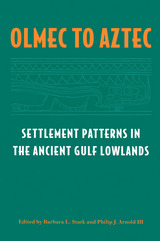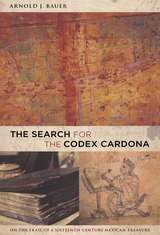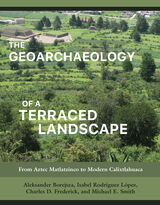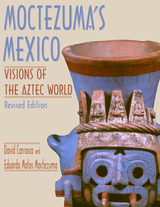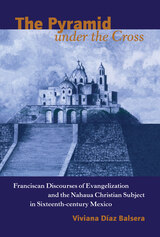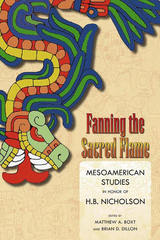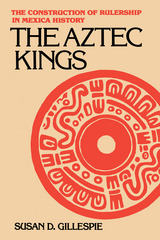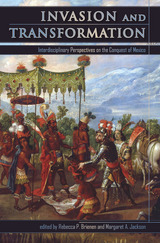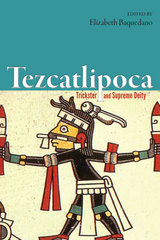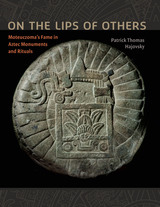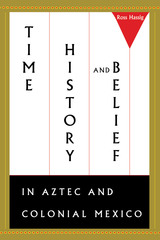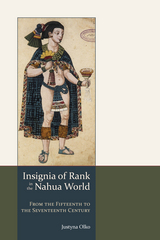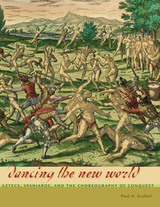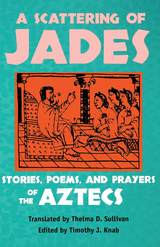The Geoarchaeology of a Terraced Landscape: From Aztec Matlatzinco to Modern Calixtlahuaca
University of Utah Press, 2021
Cloth: 978-1-64769-022-9 | eISBN: 978-1-64769-072-4
Library of Congress Classification F1219.73.B67 2021
Dewey Decimal Classification 972.018
Cloth: 978-1-64769-022-9 | eISBN: 978-1-64769-072-4
Library of Congress Classification F1219.73.B67 2021
Dewey Decimal Classification 972.018
ABOUT THIS BOOK | AUTHOR BIOGRAPHY | REVIEWS | TOC | REQUEST ACCESSIBLE FILE
ABOUT THIS BOOK
The toil of several million peasant farmers in Aztec Mexico transformed lakebeds and mountainsides into a checkerboard of highly productive fields. This book charts the changing fortunes of one Aztec settlement and its terraced landscapes from the twelfth to the twenty-first century. It also follows the progress and missteps of a team of archaeologists as they pieced together this story.
Working at a settlement in the Toluca Valley of central Mexico, the authors used fieldwalking, excavation, soil and artifact analyses, maps, aerial photos, land deeds, and litigation records to reconstruct the changing landscape through time. Exploiting the methodologies and techniques of several disciplines, they bring context to eight centuries of the region’s agrarian history, exploring the effects of the Aztec and Spanish Empires, reform, and revolution on the physical shape of the Mexican countryside and the livelihoods of its people. Accessible to specialists and nonspecialists alike, this well-illustrated and well-organized volume provides a step-by-step guide that can be applied to the study of terraced landscapes anywhere in the world.
The four authors share an interest in terraced landscapes and have worked together and on their own on a variety of archaeological projects in Mesoamerica, the Mediterranean, Poland, and the United Kingdom.
Working at a settlement in the Toluca Valley of central Mexico, the authors used fieldwalking, excavation, soil and artifact analyses, maps, aerial photos, land deeds, and litigation records to reconstruct the changing landscape through time. Exploiting the methodologies and techniques of several disciplines, they bring context to eight centuries of the region’s agrarian history, exploring the effects of the Aztec and Spanish Empires, reform, and revolution on the physical shape of the Mexican countryside and the livelihoods of its people. Accessible to specialists and nonspecialists alike, this well-illustrated and well-organized volume provides a step-by-step guide that can be applied to the study of terraced landscapes anywhere in the world.
The four authors share an interest in terraced landscapes and have worked together and on their own on a variety of archaeological projects in Mesoamerica, the Mediterranean, Poland, and the United Kingdom.
See other books on: Archaeological geology | Aztecs | Geoarchaeology | Landscape archaeology | Terracing
See other titles from University of Utah Press
